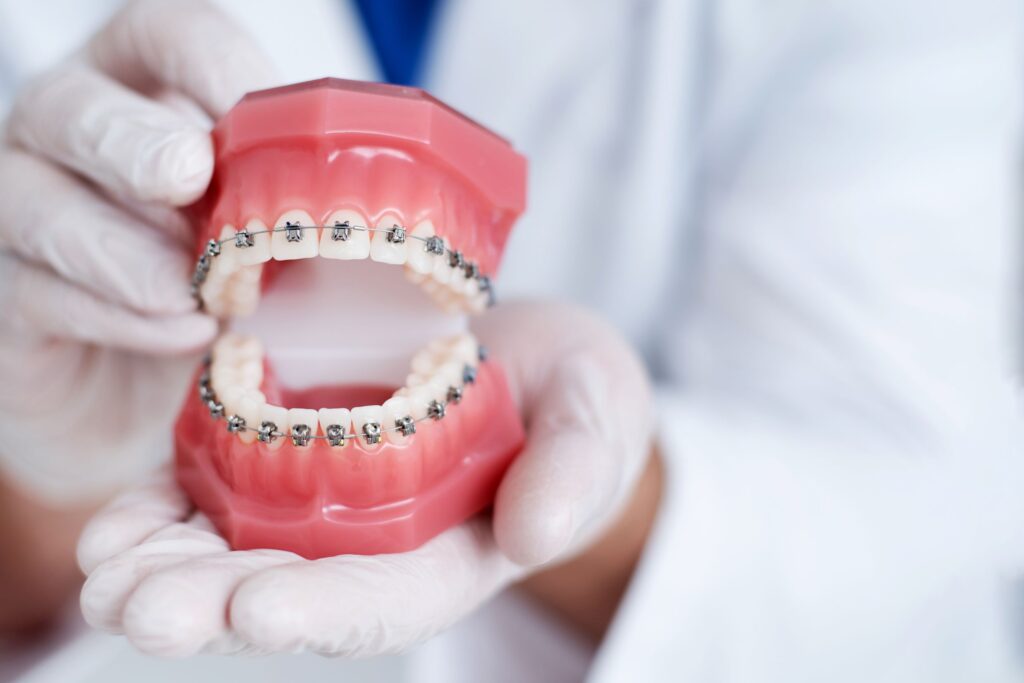
Some people think of their dental misalignments as merely aesthetic, but they can significantly impact oral health as well as appearance. For example, if your teeth become overcrowded, it’s harder to reach all their surfaces to brush and floss them, increasing the likelihood of developing tooth decay and gum disease.
Your orthodontist can straighten even the most severely crooked smiles with traditional braces, but many patients avoid this service because they’re afraid. There are many rumors about this treatment circulating among the public that might deter you from it. Continue reading to learn 3 falsehoods you might have heard but shouldn’t believe!
Myth #1: They Will Rust
It often takes 24+ months to complete treatment with braces, and many patients worry that this is enough time for the metallic material to rust in their mouths. If you’ve heard horror stories of the brackets turning brown or brittle or falling out, you can thankfully set your concerns aside.
Today, braces are usually made from metallic alloys that contain titanium, which is a biocompatible material known for being both incredibly durable and lightweight. It also forms a powerful, protective barrier when it comes into contact with oxygen that prevents potential corrosion.
Myth #2: They Interfere with Radio Waves
Have you ever heard your grandparents or someone from another generation telling tales about picking up radio waves in their teeth? Although incredibly rare, this could sometimes happen in decades past if patients had metal amalgam fillings, but thankfully, your orthodontics didn’t have anything to do with it.
Furthermore, the materials used for braces today are non-magnetic, high-grade alloys that don’t have the properties necessary to pick up on radio signals, let alone convert them into sound. The idea of dancing to a concert played in your pearly whites might sound fun, but most patients are grateful it’s not the reality.
Myth #3: They Trigger Metal Detectors
If you travel frequently, you might worry that getting standard orthodontics will add an extra layer of frustration to your itinerary. Airport security is thorough, and you might fear that your braces will trigger the TSA metal detectors and cause you to miss your flight.
Fortunately, the amount of metal used for braces isn’t usually significant enough to trigger airport security. Their machines work by detecting larger amounts of certain types of metal, and the titanium alloy of your dental work typically falls below their sensory threshold.
If you still have unanswered questions or concerns about getting braces, asking your orthodontist directly is the best way to get accurate information that takes your unique dental condition into account.
About the Practice
At Struble Orthodontics, people of all ages benefit from a team of experts eager to improve their daily lives by enhancing their smiles. Dr. Struble, Dr. Peterson, and Dr. Gambee collaborate to provide various orthodontic services to address even the most complex misalignments, including traditional braces. They combine a caring and compassionate approach with state-of-the-art equipment to improve patient comfort and produce beautiful, long-lasting results. You can request an appointment on the website or call one of their conveniently located offices near you!
